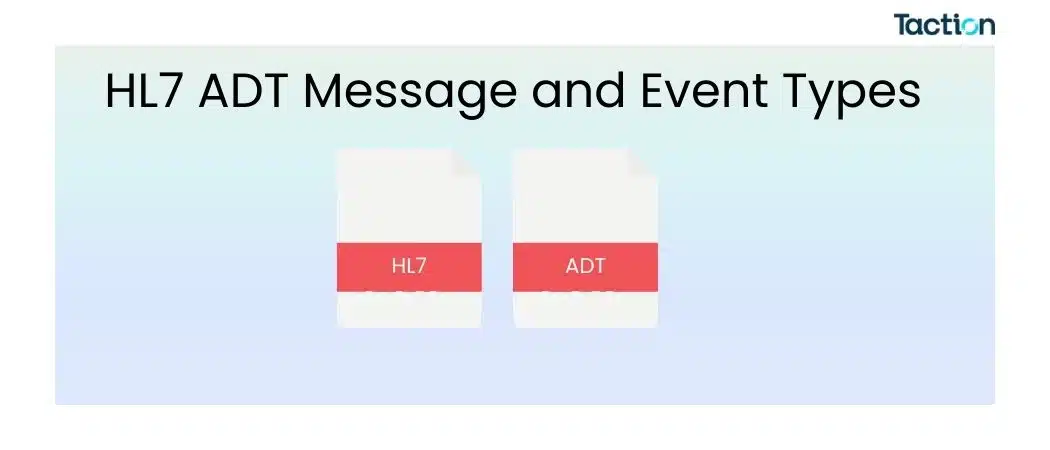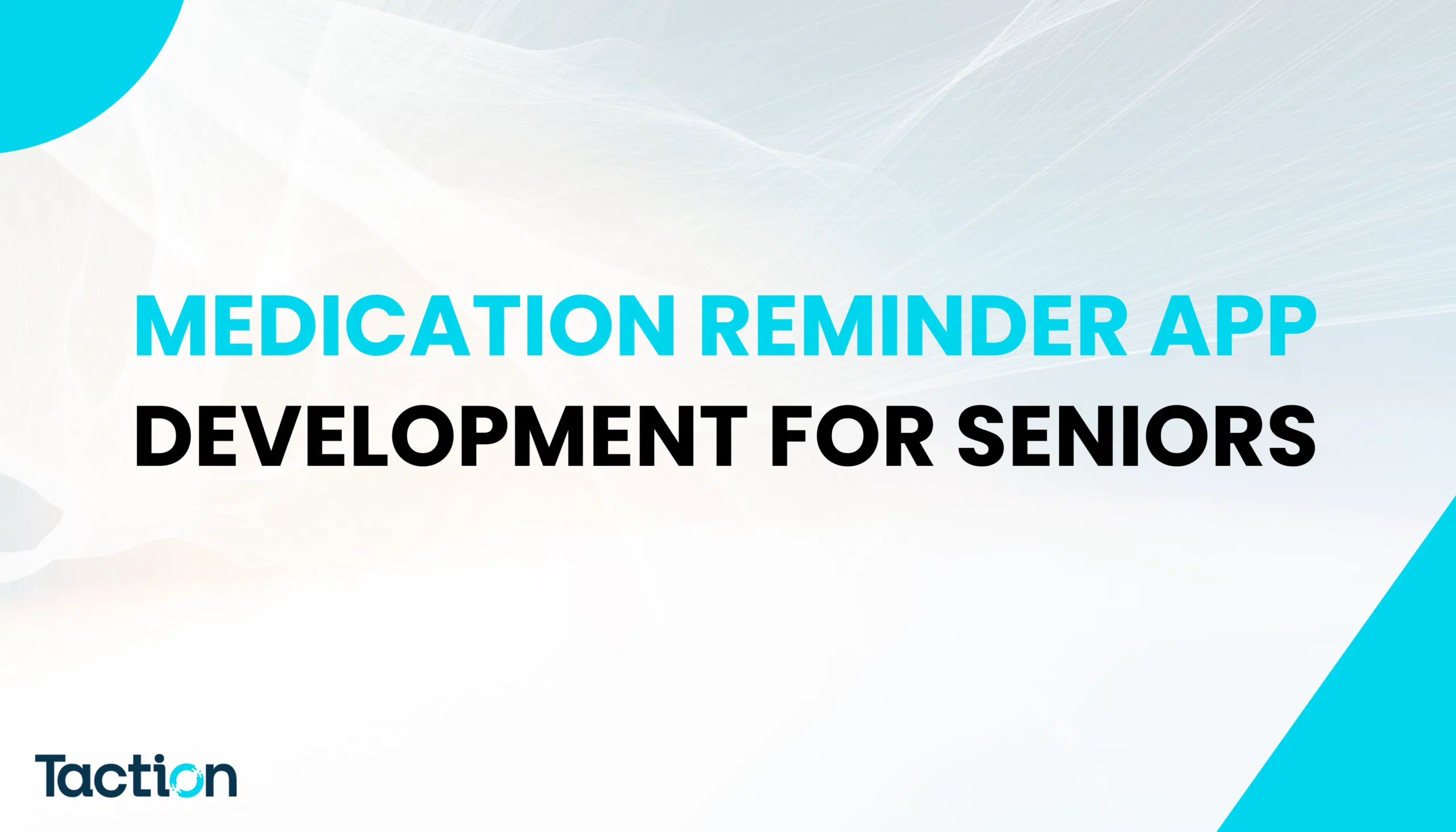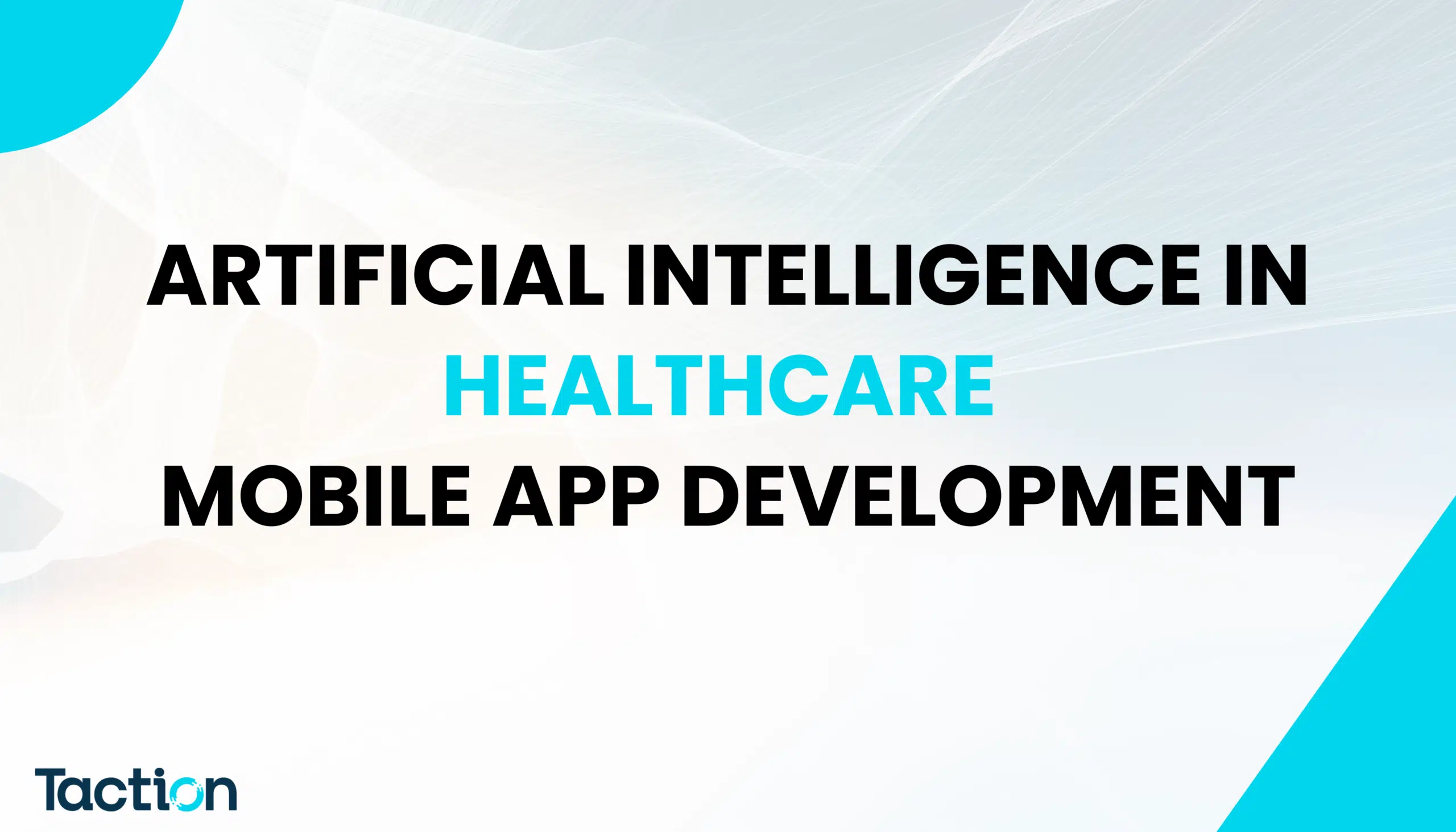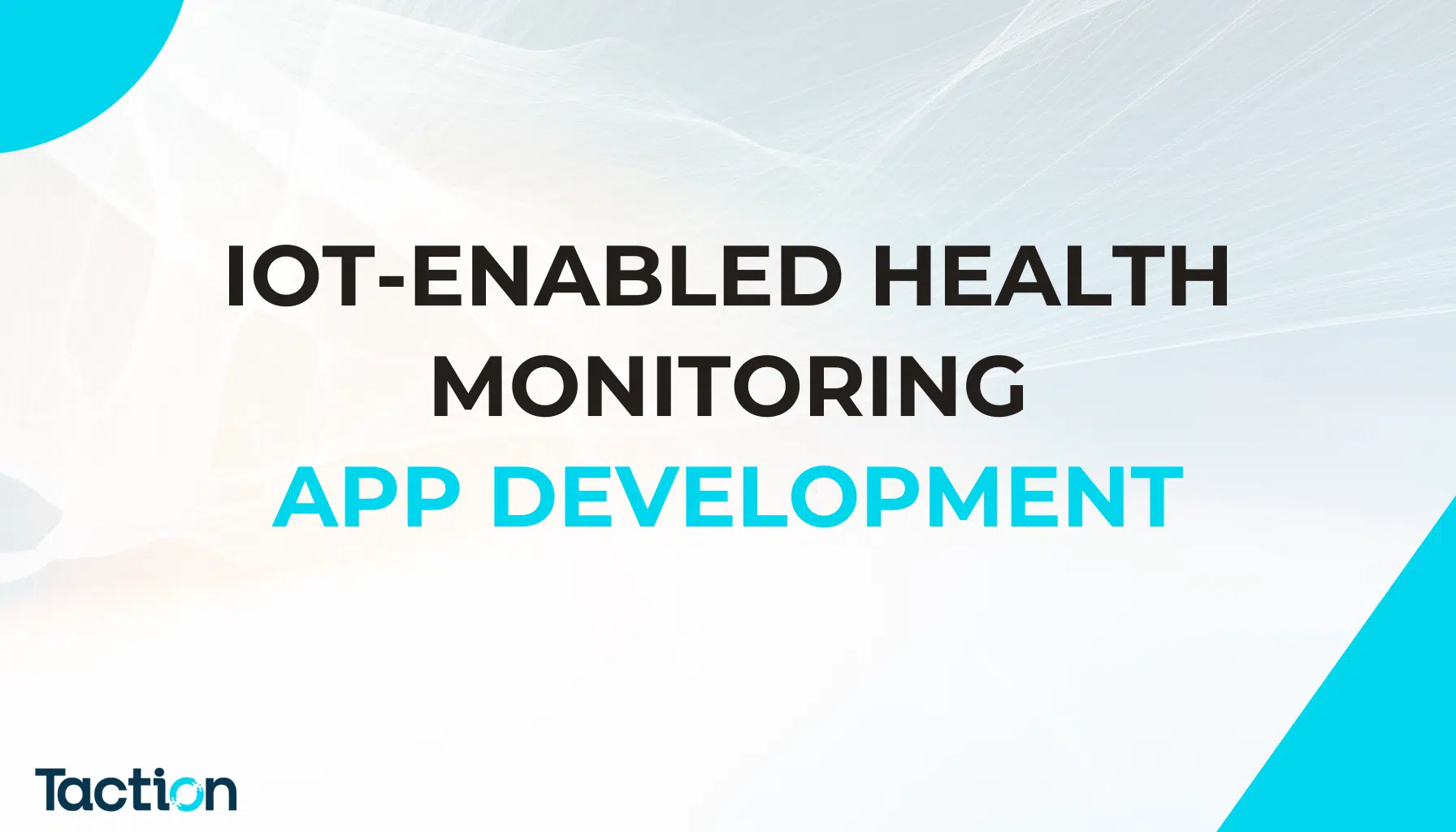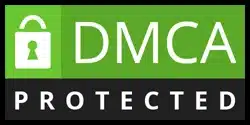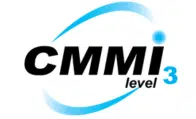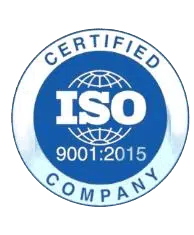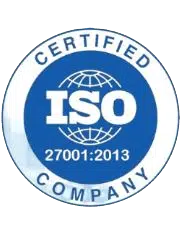In the complex world of healthcare, the seamless exchange of patient information is crucial. Ensuring that data flows effortlessly between different systems can significantly enhance patient care and operational efficiency. This is where HL7 standards come into play, particularly the ADT messages. These messages are the lifeline of patient data exchange, facilitating critical updates on patient admissions, discharges, and transfers. But what exactly are HL7 ADT messages, and why are they so important? Let’s dive in.
What is HL7?
Definition and Purpose
HL7, or Health Level Seven, refers to a set of international standards for the exchange, integration, sharing, and retrieval of electronic health information. These standards are designed to enable disparate healthcare applications to communicate with each other, ensuring that patient data is accurately and efficiently shared across systems.
Brief History
Founded in 1987, HL7 has evolved to become a cornerstone of health informatics. The organization behind these standards, Health Level Seven International, continues to develop and refine protocols that address the dynamic needs of modern healthcare.
Overview of ADT Messages
Definition of ADT (Admission, Discharge, Transfer)
ADT messages are a fundamental part of the HL7 standard. They are used to communicate patient state changes within a healthcare facility, such as admissions, discharges, and transfers. These messages ensure that the right information is available to the right people at the right time.
Role of ADT in Healthcare
ADT messages play a pivotal role in maintaining the continuity of care. By providing timely updates on a patient’s status, these messages help healthcare providers make informed decisions, streamline workflows, and improve overall patient outcomes.
Importance of ADT Messages in Healthcare
Streamlining Patient Information
One of the primary benefits of ADT messages is the ability to streamline patient information across various departments. Whether it’s a new admission or an update on a patient’s condition, ADT messages ensure that everyone involved in a patient’s care is on the same page.
Enhancing Communication Between Departments
Effective communication is vital in healthcare settings. ADT messages facilitate this by providing real-time updates to different departments, ensuring that care providers have access to the most current patient information.
Key Components of HL7 ADT Messages
Message Header (MSH)
The Message Header segment (MSH) contains metadata about the message, such as its type, sender, and timestamp. This segment is essential for ensuring that the message is correctly processed by receiving systems.
Event Type (EVN)
The Event Type segment (EVN) specifies the type of event being reported, such as an admission or discharge. This segment provides context for the message, helping recipients understand the nature of the update.
Patient Identification (PID)
The Patient Identification segment (PID) includes critical information about the patient, such as their name, date of birth, and medical record number. This segment ensures that the message is correctly associated with the right patient.
Patient Visit (PV1)
The Patient Visit segment (PV1) contains details about the patient’s visit, such as the attending physician, visit number, and admission type. This segment helps healthcare providers track the patient’s journey through the facility.
Common HL7 ADT Event Types
-
- ADT^A01: Admit/Visit Notification
-
- ADT^A02: Transfer a Patient
-
- ADT^A03: Discharge/End Visit
-
- ADT^A04: Register a Patient
-
- ADT^A05: Pre-admit a Patient
-
- ADT^A06: Change an Outpatient to an Inpatient
-
- ADT^A07: Change an Inpatient to an Outpatient
-
- ADT^A08: Update Patient Information
-
- ADT^A11: Cancel Admit/Visit Notification
-
- ADT^A13: Cancel Discharge/End Visit
For a more detailed breakdown of ADT event types and their applications in HL7 messaging, explore our in-depth guide on ADT event types.
Detailed Explanation of Major Event Types
ADT^A01: Admit/Visit Notification
The ADT^A01 message is used to notify that a patient has been admitted or has started a visit. This message includes vital details such as the patient’s identity, the reason for admission, and the attending physician. It’s the starting point for a patient’s journey through the healthcare facility.
ADT^A03: Discharge/End Visit
The ADT^A03 message indicates that a patient has been discharged or has completed their visit. This message helps ensure that all relevant departments are aware of the patient’s departure, facilitating appropriate follow-up care and billing processes.
ADT^A08: Update Patient Information
The ADT^A08 message is used to update patient information, such as changes in address, contact details, or insurance information. Keeping this data current is crucial for accurate patient records and effective communication.
How HL7 ADT Messages Work in Real-Time
Workflow Example in a Hospital Setting
Imagine a patient is admitted to a hospital. The admission triggers an ADT^A01 message, which is sent to various systems within the hospital, such as the electronic health record (EHR) system, billing system, and departmental systems like radiology and laboratory. Throughout the patient’s stay, any updates (e.g., change of room, new diagnoses) generate corresponding ADT messages, ensuring that all systems are synchronized with the latest information.
Integration with Electronic Health Records (EHRs)
HL7 ADT messages are integral to the functioning of EHRs. They allow for real-time data sharing between different modules of the EHR, ensuring that patient information is always up-to-date and accessible to authorized healthcare providers.
Challenges in Implementing HL7 ADT Messages
Interoperability Issues
One of the significant challenges with HL7 ADT messages is ensuring interoperability between different systems. Healthcare facilities often use a variety of software solutions, which can make seamless data exchange difficult.
Data Standardization
Consistency in data entry is crucial for the effectiveness of ADT messages. Variations in how data is entered and formatted can lead to errors and miscommunication.
Solutions and Best Practices
Ensuring Consistency in Data Entry
Standardized templates and rigorous staff training can help ensure consistency in data entry, reducing errors and enhancing the reliability of ADT messages.
Regular System Updates and Training
Keeping systems up-to-date and providing regular training to staff on the latest protocols and procedures can help mitigate many of the challenges associated with HL7 ADT implementation.
Future of HL7 ADT Messages
Emerging Technologies and Trends
The future of HL7 ADT messages looks promising, with emerging technologies such as blockchain and cloud computing offering new ways to secure and streamline data exchange.
Impact of AI and Machine Learning
AI and machine learning are set to revolutionize how HL7 ADT messages are processed and utilized. These technologies can enhance data accuracy, predict patient needs, and improve overall healthcare delivery.
Case Studies: Successful Implementation of HL7 ADT
Hospital A: Improved Patient Flow
Hospital A implemented HL7 ADT messages to streamline patient admissions and discharges. The result was a significant reduction in wait times and improved patient satisfaction.
Clinic B: Enhanced Data Accuracy
Clinic B used HL7 ADT messages to ensure accurate and up-to-date patient information. This led to better coordination between departments and improved patient care outcomes.
Conclusion
HL7 ADT messages are the backbone of healthcare data exchange, playing a crucial role in the seamless flow of patient information. While there are challenges in their implementation, the benefits far outweigh the hurdles. By ensuring that patient data is always current and accessible, HL7 ADT messages enhance patient care, improve operational efficiency, and pave the way for a more connected and efficient healthcare system.
FAQs
HL7, or Health Level Seven, is a set of international standards for the exchange, integration, sharing, and retrieval of electronic health information.
ADT messages ensure that patient information is accurately and promptly shared across different healthcare departments, enabling better coordination and informed decision-making.
Common challenges include interoperability issues between different systems and ensuring consistency in data entry.
Hospitals can ensure accuracy by using standardized templates, providing regular staff training, and keeping their systems up-to-date.
The future of HL7 ADT looks promising with advancements in AI, machine learning, and emerging technologies like blockchain and cloud computing, which can enhance data security and efficiency.

